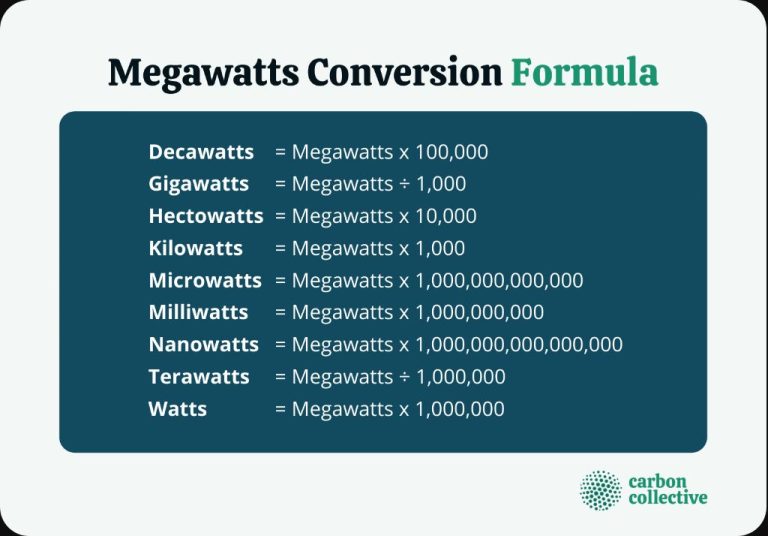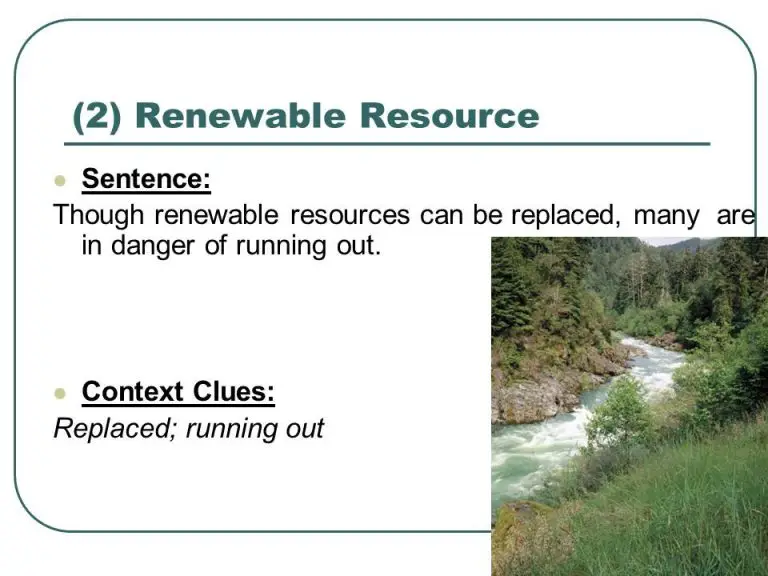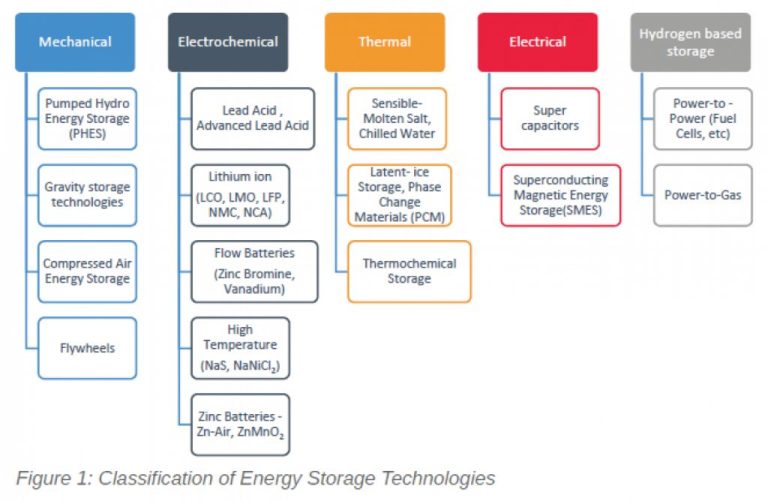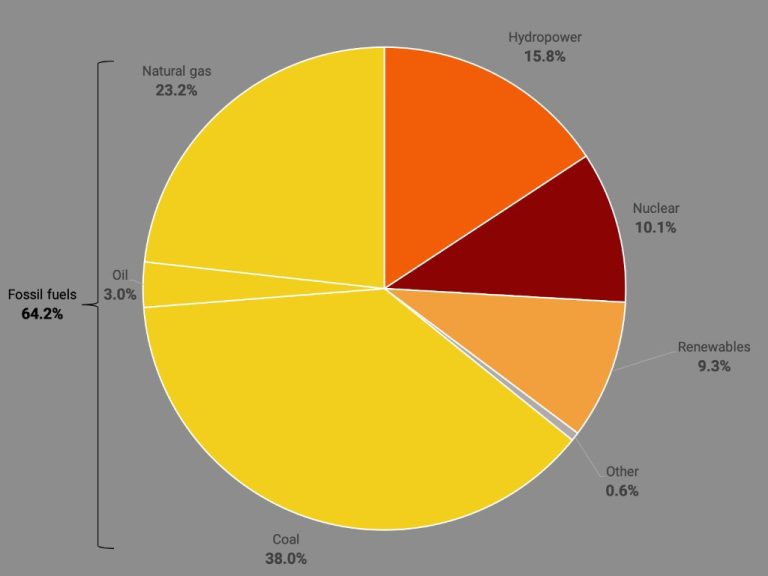What Is Greenhouse Effect In Global Warming?
What is the greenhouse effect?
The greenhouse effect is a natural process that warms the Earth’s surface. When sunlight reaches the Earth’s atmosphere, some of it is reflected back to space while the rest passes through the atmosphere and is absorbed by the Earth’s surface. The absorbed energy is converted into heat and warmed the planet’s surface. This allows life to exist on Earth.
Greenhouse gases in the atmosphere like carbon dioxide (CO2), methane (CH4), and nitrous oxide (N2O) absorb some of the infrared radiation emitted from the Earth’s surface. This causes the greenhouse gases to trap heat in the atmosphere and radiate the energy back to the surface. This process elevates temperatures on the Earth’s surface further, acting like a blanket and creating the greenhouse effect.
Without naturally occurring greenhouse gases, the average temperature on Earth would be below freezing. However, excessive greenhouse gas emissions from human activities like burning fossil fuels have elevated greenhouse gas concentrations, amplified the greenhouse effect, and caused global warming.
How does the greenhouse effect cause global warming?
The greenhouse effect is a natural process that warms the Earth’s surface. When sunlight reaches the Earth’s atmosphere, some of it is reflected back to space while the rest is absorbed and re-radiated by greenhouse gases like carbon dioxide and methane. This creates a natural greenhouse effect that helps maintain Earth’s comfortable temperatures for life.
Human activities over the last century have greatly intensified the natural greenhouse effect. Human activities like burning fossil fuels in cars, planes, power plants, etc. release high levels of carbon dioxide and other greenhouse gases into the atmosphere. These greenhouse gases accumulate in the atmosphere and trap more of the sun’s heat, causing the planet to warm up over time. More greenhouse gases means more heat is retained, gradually increasing global surface temperatures.
As human activities continue to pump out more greenhouse gases, more heat is trapped and global temperatures creep higher. This human-induced intensifying of the greenhouse effect is the driving force behind global warming and climate change.
Human activities increasing greenhouse gases
Human activities over the past century have contributed significantly to the increased concentration of greenhouse gases in the atmosphere. The main activities that cause increased greenhouse gas emissions are:
Burning fossil fuels: The burning of oil, natural gas and coal for energy and transportation is the primary source of the greenhouse gas carbon dioxide. The industrialization of society has lead to ever increasing consumption of fossil fuels. About three-quarters of the human-produced CO2 emissions come from burning fossil fuels.
Deforestation: Cutting down forests releases the carbon stored in the trees and reduces the amount of carbon dioxide absorbed by forests. Forests act as carbon sinks, absorbing CO2 from the atmosphere, so deforestation leads to increased CO2 levels.
Farming practices: Agricultural activities, like tillage of soils, rice cultivation, cattle rearing, and the use of fertilizers release greenhouse gases like methane, nitrous oxide and carbon dioxide. Improper management of farms and livestock contributes to the rise in these emissions.
Major Greenhouse Gases
The major greenhouse gases that contribute to global warming are:
-
Carbon dioxide (CO2) – Carbon dioxide is the primary greenhouse gas emitted through human activities. It is released through the burning of fossil fuels like coal, oil and natural gas in power plants, automobiles, industrial facilities and other sources. Deforestation also releases CO2 stored in trees.
-
Methane (CH4) – Methane is emitted through natural sources like wetlands, as well as human activities like leakage from natural gas systems, raising livestock, rice paddies and landfills. Methane has a higher global warming potential than CO2.
-
Nitrous oxide (N2O) – Nitrous oxide is emitted through agricultural activities like the use of fertilizers and the burning of biomass and fossil fuels. It has an even higher global warming potential than methane.
-
Fluorinated gases – These industrial gases such as hydrofluorocarbons, perfluorocarbons and sulfur hexafluoride have extremely high global warming potentials. Though emitted in smaller quantities, their contributions are significant.
Reducing emissions of these major greenhouse gases through mitigation strategies and greener technologies can help curb climate change.
Impacts of global warming
Rising global temperatures are causing a range of impacts around the world. One major effect of global warming is rising sea levels. As ocean water heats up, it expands and takes up more space. Melting glaciers and ice sheets also contribute to sea level rise. Higher seas increase the risk of coastal flooding during storms, put coastal communities at risk, and can lead to increased erosion.
Global warming is also linked to shifts in weather patterns and more extreme weather. Hotter air and ocean temperatures can fuel more powerful storms, like hurricanes and typhoons. Some areas may experience more intense rainfall and flooding, while others see more droughts. Heat waves are becoming more common in many regions. Wildfires are also intensified by hot, dry conditions.
Climate change is altering ecosystems around the world. As global temperatures rise, climate zones shift poleward and upward in elevation. Species struggle to adapt to rapidly changing conditions. Many ecosystems are under stress from the effects of climate change combined with other human impacts like habitat destruction. Sensitive ecosystems like coral reefs are severely threatened by ocean warming and acidification.
Mitigating climate change
Human activities that emit greenhouse gases are largely responsible for the enhanced greenhouse effect leading to global warming and climate change. Therefore, reducing these emissions is critical to mitigating climate change.
Switching to renewable energy sources like solar, wind, geothermal and hydropower can drastically cut carbon emissions. Improving energy efficiency in buildings, transportation and industrial processes also reduces emissions. Reforestation efforts can absorb significant amounts of carbon dioxide. Sustainable agriculture techniques like low/no till methods, crop rotations and organic practices can mitigate agricultural emissions.
Some major ways to mitigate climate change include:
- Transitioning electricity production, heating/cooling and transportation to renewable energy sources like solar, wind and geothermal.
- Improving efficiency of buildings, vehicles and devices to reduce energy demand.
- Planting trees and restoring forests to absorb carbon dioxide.
- Developing climate-smart agricultural methods like low/no till, crop rotation and organic practices.
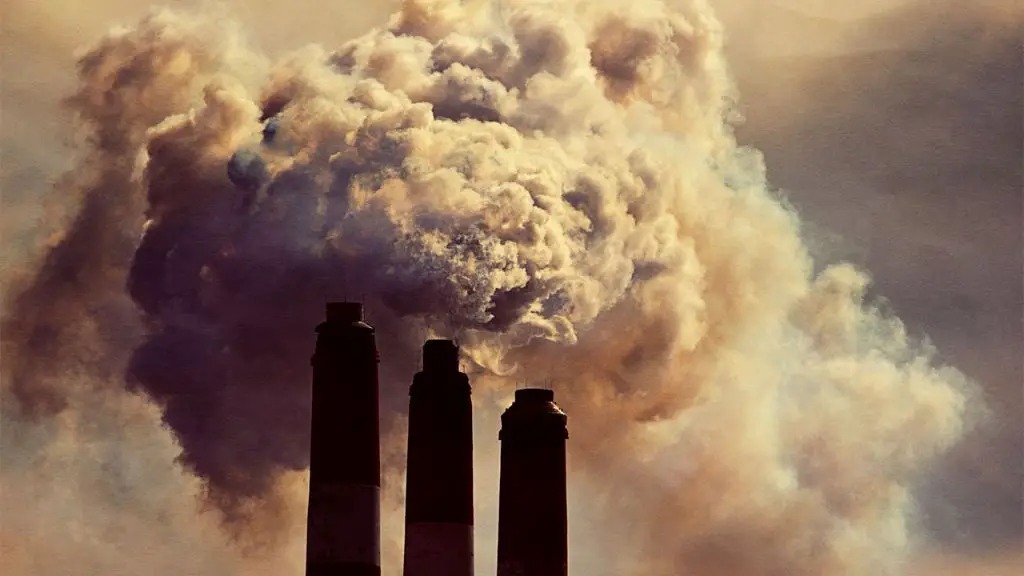
Engaging in these mitigation strategies can significantly reduce human contributions to climate change. With global participation, we can curb greenhouse gas emissions and limit the impacts of global warming.
International Agreements
As climate change has increasingly become a global issue, the international community has made efforts to address it through international agreements and accords. Two major international agreements have aimed at reducing greenhouse gas emissions and tackling global warming.
The Kyoto Protocol
The Kyoto Protocol was adopted in 1997 and entered into force in 2005. It committed developed nations to reducing their greenhouse gas emissions by an average of 5% against 1990 levels over the five-year period from 2008-2012. The binding targets applied to 37 industrialized countries and the European Union. The U.S. signed the protocol but later withdrew and did not ratify it. Overall, the Kyoto Protocol was only moderately successful, as some nations failed to meet their reduction targets.
The Paris Agreement
In 2015, the Paris Agreement brought nearly all nations together to combat climate change. The central aim is to keep global temperature rise well below 2°C above pre-industrial levels. Under the agreement, each country determines its own contribution it will make to mitigate global warming. 189 countries have ratified the agreement as of 2019. Some key aspects of the agreement include commitments by developed countries to provide financial resources to help developing countries mitigate and adapt to climate change impacts.
Individual actions
There are many ways individuals can help mitigate climate change through their everyday choices and actions:
Reducing energy use
Using less energy in your home and transportation is one of the most direct ways to reduce greenhouse gas emissions. Simple habits like turning off lights, adjusting the thermostat, and replacing old appliances with energy efficient models can significantly cut an individual’s carbon footprint. Choosing to walk, bike, carpool, or take public transportation over driving alone also conserves energy.
Choosing clean energy
Opting for renewable energy sources such as wind and solar to power homes and electric vehicles supports the transition to a clean energy economy. Install solar panels, enroll in a green energy program through your utility provider, or buy renewable energy certificates. Support companies and politicians aiming to expand access to clean power.
Transportation choices
Transportation accounts for about 29% of greenhouse gas emissions in the U.S. Using public transit, carpooling, biking, or walking instead of driving alone can significantly reduce emissions. When buying a car, choose an electric vehicle or one with high fuel economy. Combining trips, maintaining proper tire pressure, and avoiding excessive idling also helps maximize fuel efficiency.
Adaptation Strategies
As the impacts of climate change intensify, adaptation strategies will be crucial for managing the effects. Some important adaptation strategies include:
Flood Defenses
Building flood walls, levees, and other infrastructure can help protect coastal cities and communities from rising sea levels and flooding from storms. Improving storm drainage systems is also important.
Heat-Tolerant Crops
Developing and planting crop varieties that can withstand higher temperatures and drought will be key to maintaining agricultural productivity.
Water Conservation
Improving water use efficiency, expanding water storage and recycling, and better managing water resources will help deal with increased water scarcity in some regions.
Outlook for the Future
The outlook for the future depends heavily on how much greenhouse gas emissions can be reduced globally. Current emissions trajectories put the world on pace for over 3°C of warming by 2100. At this level of warming, impacts would be catastrophic for human civilization and natural ecosystems.
To avoid the worst impacts of climate change, the world needs urgent, aggressive emissions reductions to limit warming to 1.5°C or 2°C above pre-industrial levels, in line with the Paris Agreement. This requires reducing global greenhouse gas emissions by 45-55% by 2030 and reaching net zero emissions by 2050.
Deep decarbonization of the global economy is needed, including rapidly phasing out fossil fuels, massive deployment of renewable energy, widescale adoption of electric vehicles, and major improvements in energy efficiency across sectors. Vast amounts of investment, policy support, and international cooperation will be essential to drive the transition.
Even with major emissions reductions, some climate change impacts are locked in due to past emissions and climate inertia. Adapting to the changes underway will require large investments in climate resilience such as reinforcing infrastructure, enhancing emergency preparedness, restoring ecosystems, improving agriculture practices, and supporting vulnerable communities.

